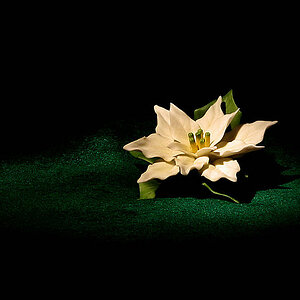ann
No longer a newbie, moving up!
- Joined
- May 14, 2007
- Messages
- 4,263
- Reaction score
- 189
- Can others edit my Photos
- Photos NOT OK to edit
Oh dear, where to start.
When one has such a wide swings in exposures on the same roll it is very doubtful it is a mechanical problem, more a user issues, and not the results of the developer.
The meter is ONLY a REFERENCE point, it is not an absolute. It is clueless about what you see, or what you want. Whether it reads 12 % gray or 18% middle gray, it still only reads for a middle gray value.
Are you using a lens hood, how are you pointing the lens at the scene, from which direction is the main lighting falling on the scene. All these and much more fall under how to meter. As Derrel also mentioned, what metering type are you using.
Film is no different than digital when it comes to understanding light and how to meter for that light. Barely moving the lens one way or the other will influence the meter reading.
Several years ago, just for fun, i have every student in my film and darkroom class take a meter reading off a spot on the wall in our class room.
Something like 20 people participated in this seeming little silly exercise and guess what..two people had the same reading, other than that the readings where all over the place.
Which was correct, could be everyone. The proof will be in the negative when they are processed and the print when made.
Some people like thin negatives others more dense , depending on the equipment in use.
We have 12 enlargers in our lab, I took the same negative and made a print from each enlarger using the same exposure, contrast, size etc. Nothing varied except the enlarger. None look the same.
So, basically, just keep working and practice and do the foot work and you are set for a wonderful adventure.
When one has such a wide swings in exposures on the same roll it is very doubtful it is a mechanical problem, more a user issues, and not the results of the developer.
The meter is ONLY a REFERENCE point, it is not an absolute. It is clueless about what you see, or what you want. Whether it reads 12 % gray or 18% middle gray, it still only reads for a middle gray value.
Are you using a lens hood, how are you pointing the lens at the scene, from which direction is the main lighting falling on the scene. All these and much more fall under how to meter. As Derrel also mentioned, what metering type are you using.
Film is no different than digital when it comes to understanding light and how to meter for that light. Barely moving the lens one way or the other will influence the meter reading.
Several years ago, just for fun, i have every student in my film and darkroom class take a meter reading off a spot on the wall in our class room.
Something like 20 people participated in this seeming little silly exercise and guess what..two people had the same reading, other than that the readings where all over the place.
Which was correct, could be everyone. The proof will be in the negative when they are processed and the print when made.
Some people like thin negatives others more dense , depending on the equipment in use.
We have 12 enlargers in our lab, I took the same negative and made a print from each enlarger using the same exposure, contrast, size etc. Nothing varied except the enlarger. None look the same.
So, basically, just keep working and practice and do the foot work and you are set for a wonderful adventure.


 Maybe I should pay better attention to what I'm actually doing, and evaluate the lighting myself more. Only good can come from that, surely.
Maybe I should pay better attention to what I'm actually doing, and evaluate the lighting myself more. Only good can come from that, surely.![[No title]](/data/xfmg/thumbnail/39/39288-2d76486ccc9042c6fb525aaaaffff1fb.jpg?1619738957)
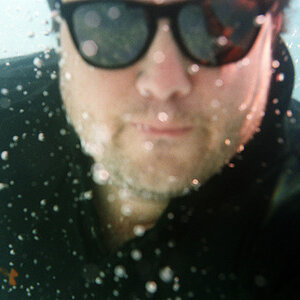
![[No title]](/data/xfmg/thumbnail/39/39290-dfb3e819bd94a7f30797638ae1ae27cf.jpg?1619738958)

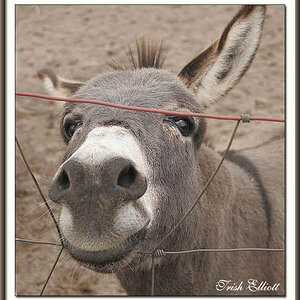
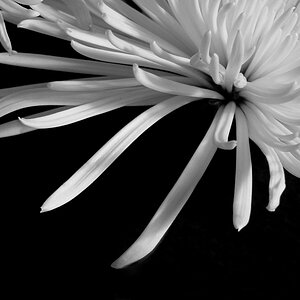
![[No title]](/data/xfmg/thumbnail/40/40284-f59f6230f0d5b9eacf977f8b0392f087.jpg?1619739407)
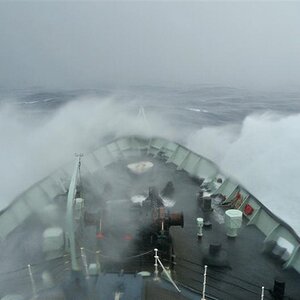
![[No title]](/data/xfmg/thumbnail/40/40286-86401b94de8b01bea8bb4ea154aaea0a.jpg?1619739408)
![[No title]](/data/xfmg/thumbnail/41/41862-7cc80b10f9effd079847b9dd210dbe2a.jpg?1619739925)
